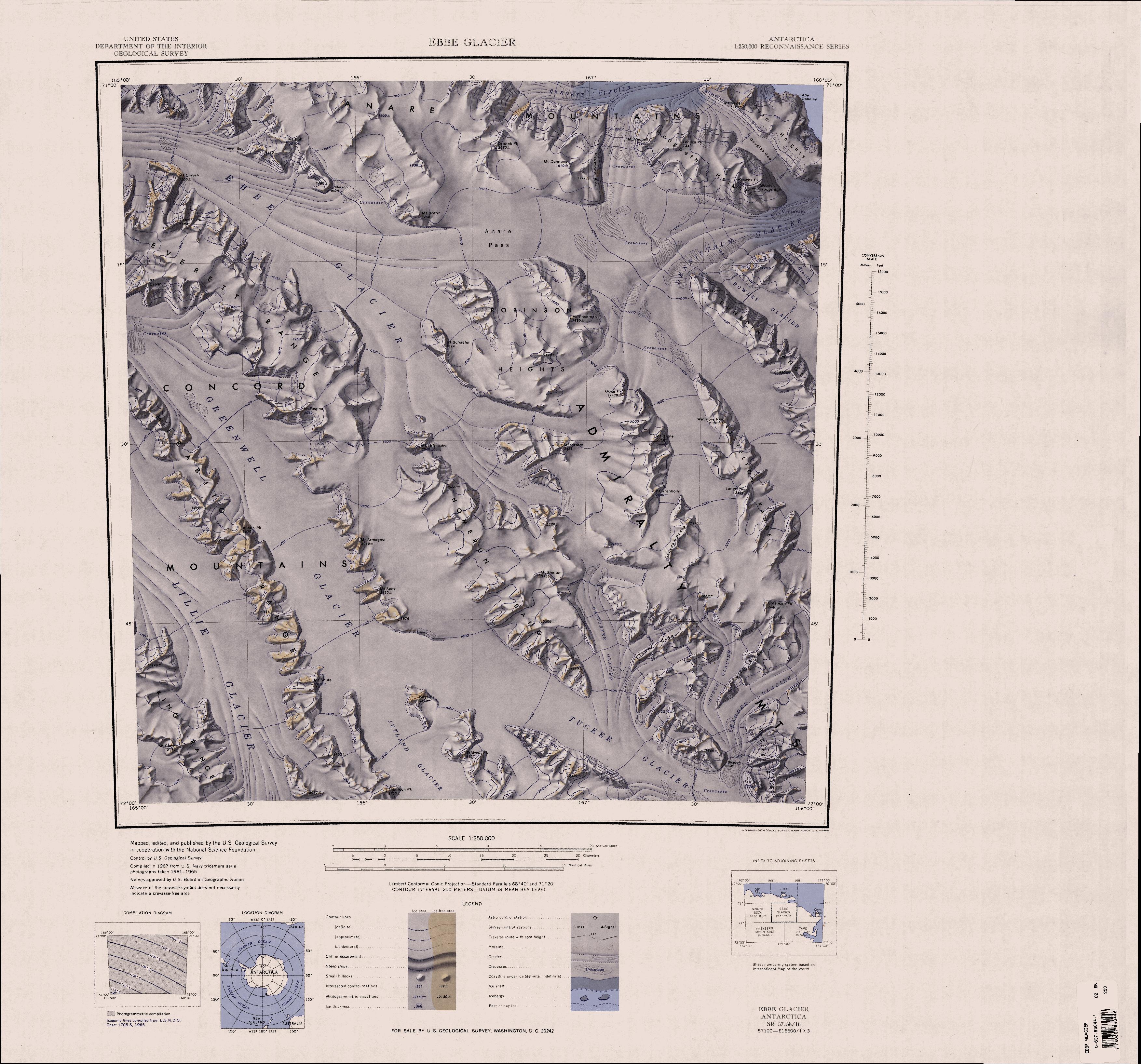|
Trigon Bluff
Trigon Bluff () is a steep, triangular bluff 10 nautical miles (18 km) west of Football Mountain, rising to 1,245 m on the north side of Tucker Glacier. Named by the New Zealand Geological Survey Antarctic Expedition The New Zealand Geological Survey Antarctic Expedition (NZGSAE) describes a series of scientific explorations of the continent Antarctica. The expeditions were notably active throughout the 1950s and 1960s. Features named by the expeditions 19 ... (NZGSAE), 1957–58, which placed a triangulation station on its summit. The name is descriptive. Cliffs of Victoria Land Borchgrevink Coast {{BorchgrevinkCoast-geo-stub ... [...More Info...] [...Related Items...] OR: [Wikipedia] [Google] [Baidu] |
Football Mountain
The Hallett Peninsula () is a triangular, dome-shaped peninsula, long, with cliffs on its eastern seaboard side and on its west side. The peninsula extends from Cape Hallett to Cape Wheatstone and is joined to the mainland by a narrow ridge between Tucker Glacier and Edisto Inlet. It was so named by the New Zealand Geological Survey Antarctic Expedition (NZGSAE), 1957–58, because Hallett Station on Seabee Hook was established at the north end of the peninsula. Geology The peninsula is an elongated shield volcano complex similar to the Adare and Daniell peninsulas. It forms part of the Hallett Volcanic Province of the McMurdo Volcanic Group. Basaltic lava of the Hallett Peninsula has been dated to 6.4 ± 0.4 million years old. Geography The Hallett Peminsula lies to the east of the Admiralty Mountains. The Football, Football Mountain and Football Saddle are on the neck of land connecting the peninsula to the mainland. To the east, Mount Vernon Harcourt overlooks the s ... [...More Info...] [...Related Items...] OR: [Wikipedia] [Google] [Baidu] |
Tucker Glacier
Tucker Glacier () is a major valley glacier of Victoria Land, Antarctica, about long, flowing southeast between the Admiralty Mountains and the Victory Mountains to the Ross Sea. There is a snow saddle at the glacier's head, just west of Homerun Range, from which the Ebbe Glacier flows northwestward. Exploration and naming Explored by New Zealand Geological Survey Antarctic Expedition (NZGSAE), 1957–58, and named by them after Tucker Inlet, the ice-filled coastal indentation at the mouth of this glacier named by Captain James Clark Ross in 1841. Geography The upper reaches of the Tucker Glacier south of the Homerun Range saddle with the Greenwell Glacier and Jutland Glacier, in the Lillie Glacier basin. The Tucker Glacier is fed by the Rastorfer Glacier from the left (north) and then by the Leander Glacier after it has been joined by the Church Glacier. South of the McGregor Range the Man-O-War Glacier enters from the northeast, combined with the Freimanis Glacier from t ... [...More Info...] [...Related Items...] OR: [Wikipedia] [Google] [Baidu] |
New Zealand Geological Survey Antarctic Expedition
The New Zealand Geological Survey Antarctic Expedition (NZGSAE) describes a series of scientific explorations of the continent Antarctica. The expeditions were notably active throughout the 1950s and 1960s. Features named by the expeditions 1957–1958 expedition The 1957–1958 expedition went to the Ross Dependency and named the Borchgrevink Glacier. Other features named include: * Carter Ridge * Felsite Island * Halfway Nunatak * Hedgehog Island * Moraine Ridge 1958–1959 expedition * Cadwalader Beach * Cape Hodgson * Carter Ridge * Isolation Point * Mountaineer Range * Mount Aurora * Mount Hayward * Mount Henderson (White Island) * Mount Bird. 1960–1961 expedition * Deverall Island * Lonewolf Nunataks 1961–1962 expedition * Aurora Heights * The Boil * Ford Spur * Graphite Peak * Half Century Nunatak * Half Dome Nunatak * Hump Passage * Last Cache Nunatak * Lookout Dome * Montgomerie Glacier * Mount Fyfe * Mount Macdonald * Sn ... [...More Info...] [...Related Items...] OR: [Wikipedia] [Google] [Baidu] |
Cliffs Of Victoria Land
In geography and geology, a cliff or rock face is an area of rock which has a general angle defined by the vertical, or nearly vertical. Cliffs are formed by the processes of weathering and erosion, with the effect of gravity. Cliffs are common on coasts, in mountainous areas, escarpments and along rivers. Cliffs are usually composed of rock that is resistant to weathering and erosion. The sedimentary rocks that are most likely to form cliffs include sandstone, limestone, chalk, and dolomite. Igneous rocks such as granite and basalt also often form cliffs. An escarpment (or scarp) is a type of cliff formed by the movement of a geologic fault, a landslide, or sometimes by rock slides or falling rocks which change the differential erosion of the rock layers. Most cliffs have some form of scree slope at their base. In arid areas or under high cliffs, they are generally exposed jumbles of fallen rock. In areas of higher moisture, a soil slope may obscure the talus. Many cliffs ... [...More Info...] [...Related Items...] OR: [Wikipedia] [Google] [Baidu] |


